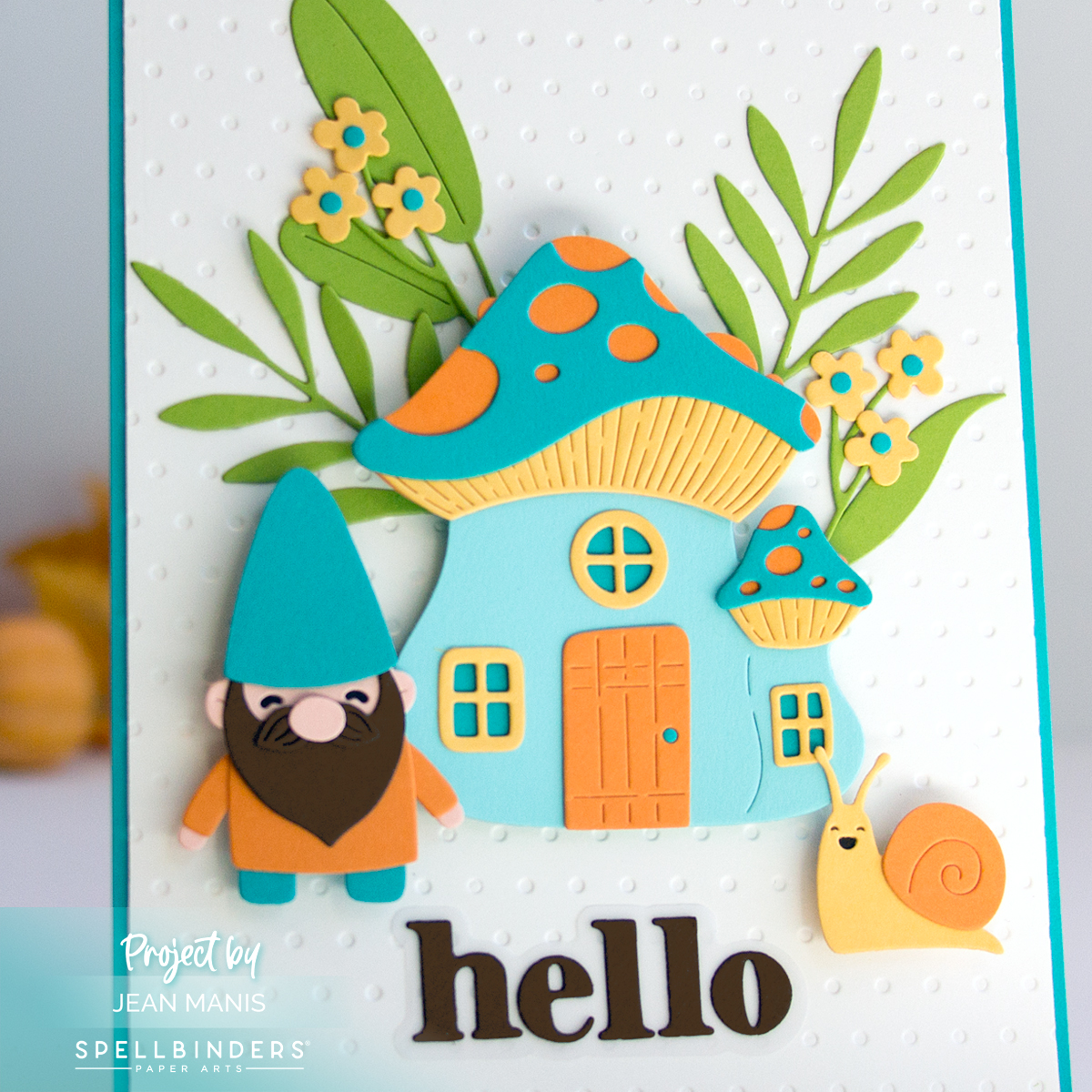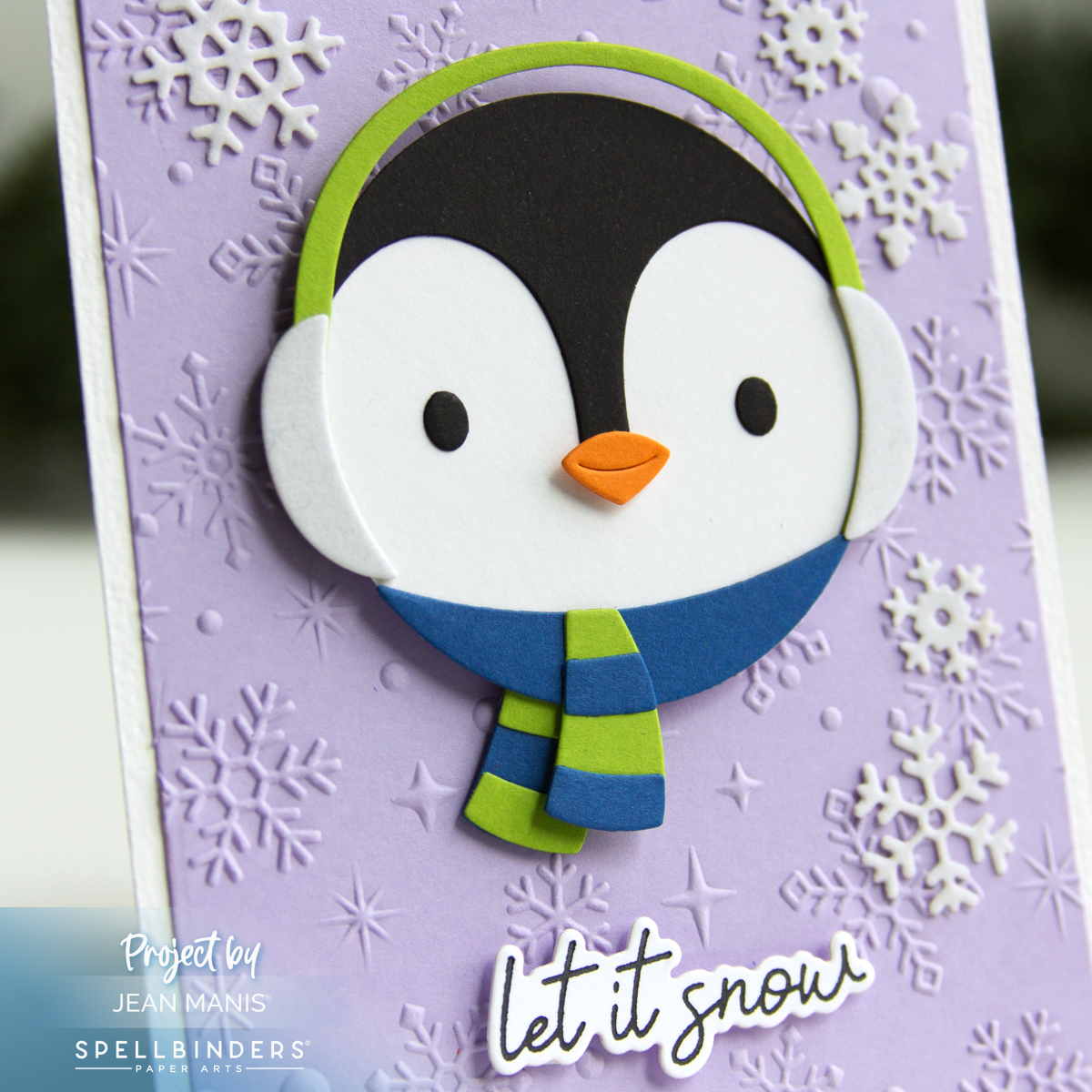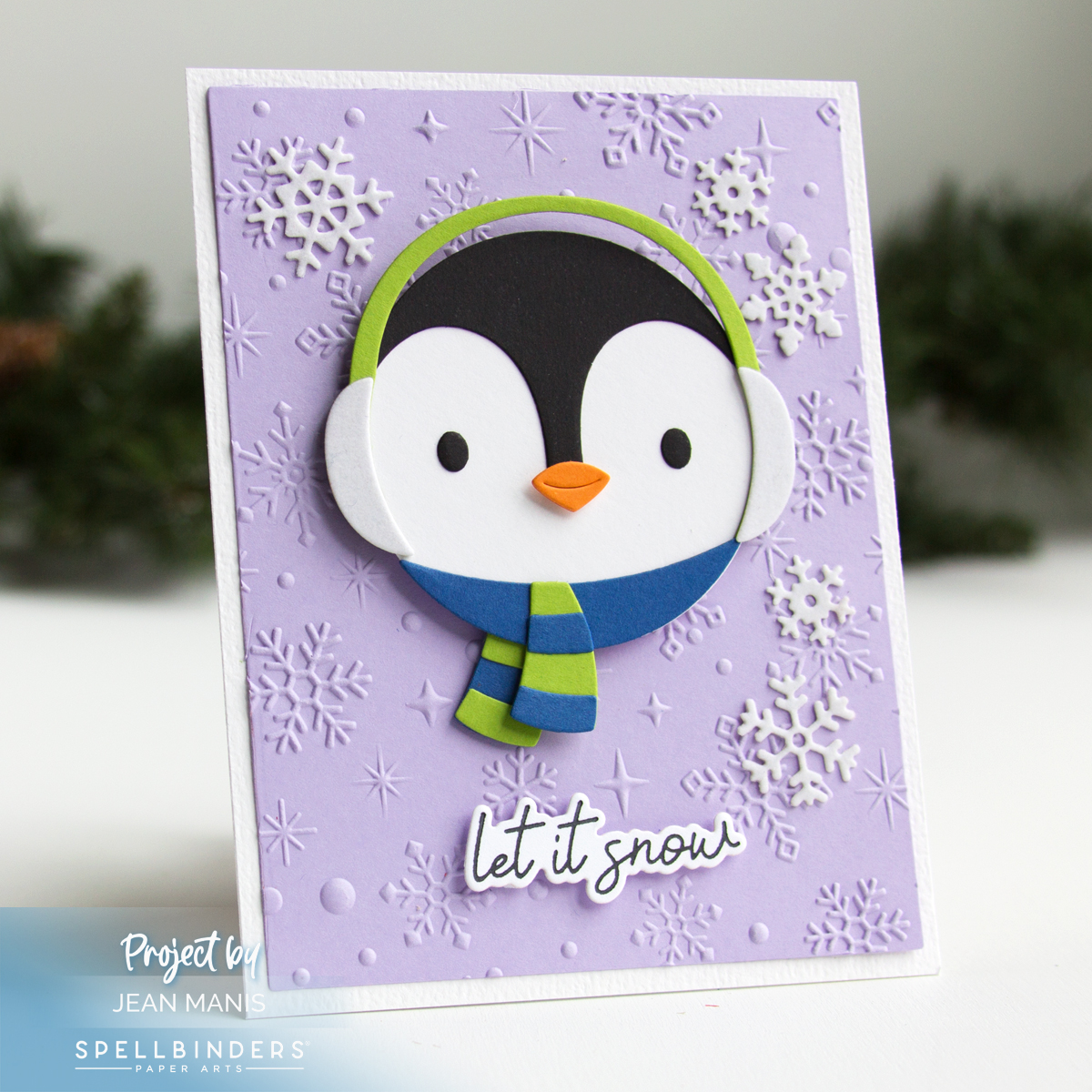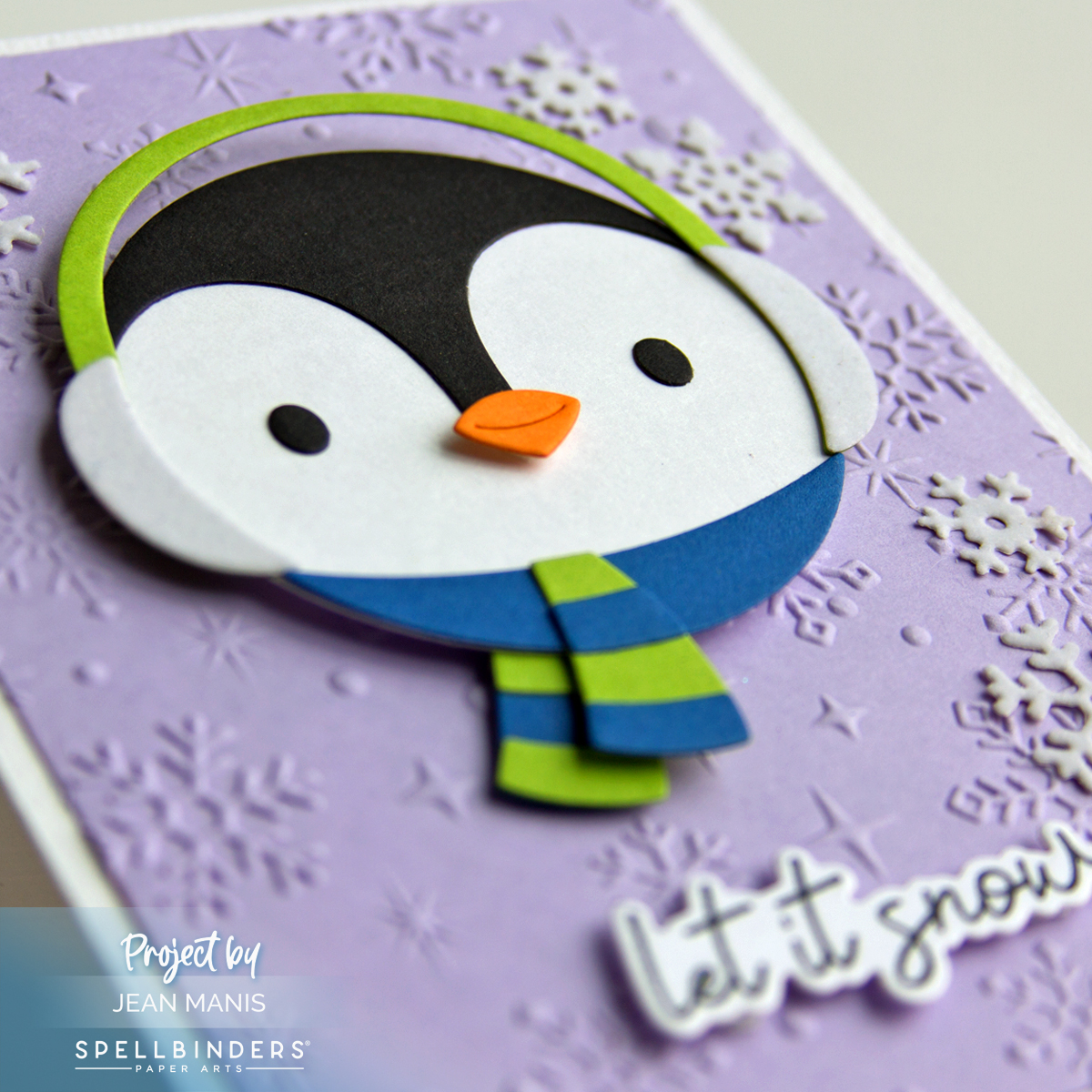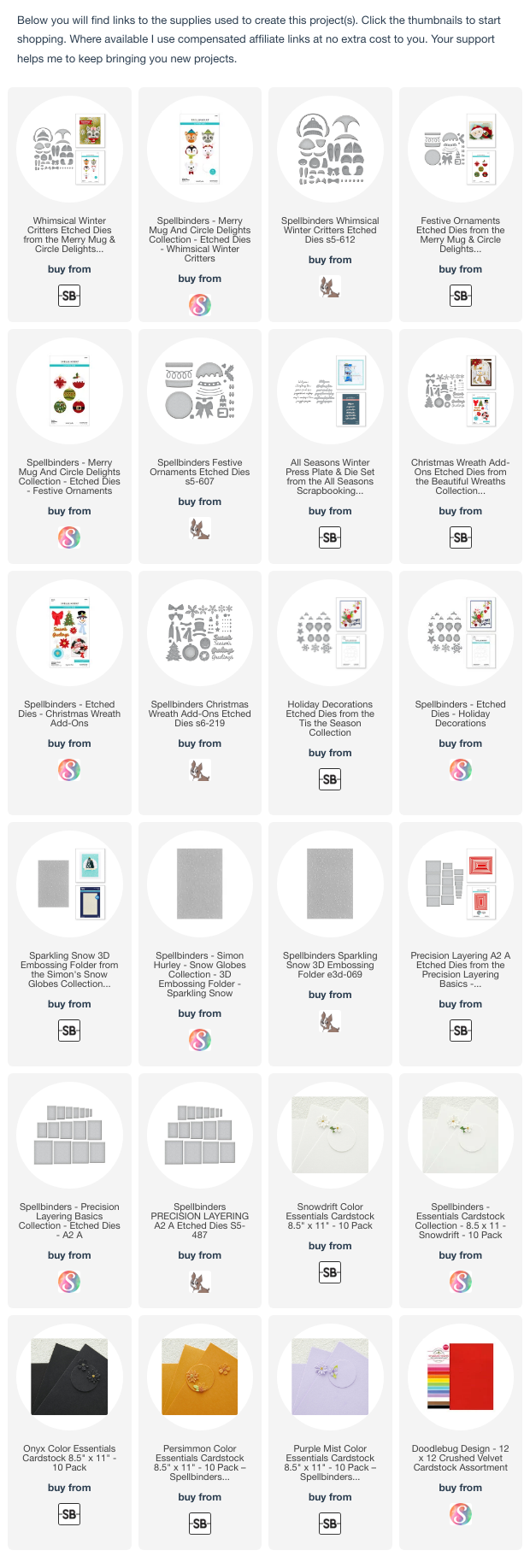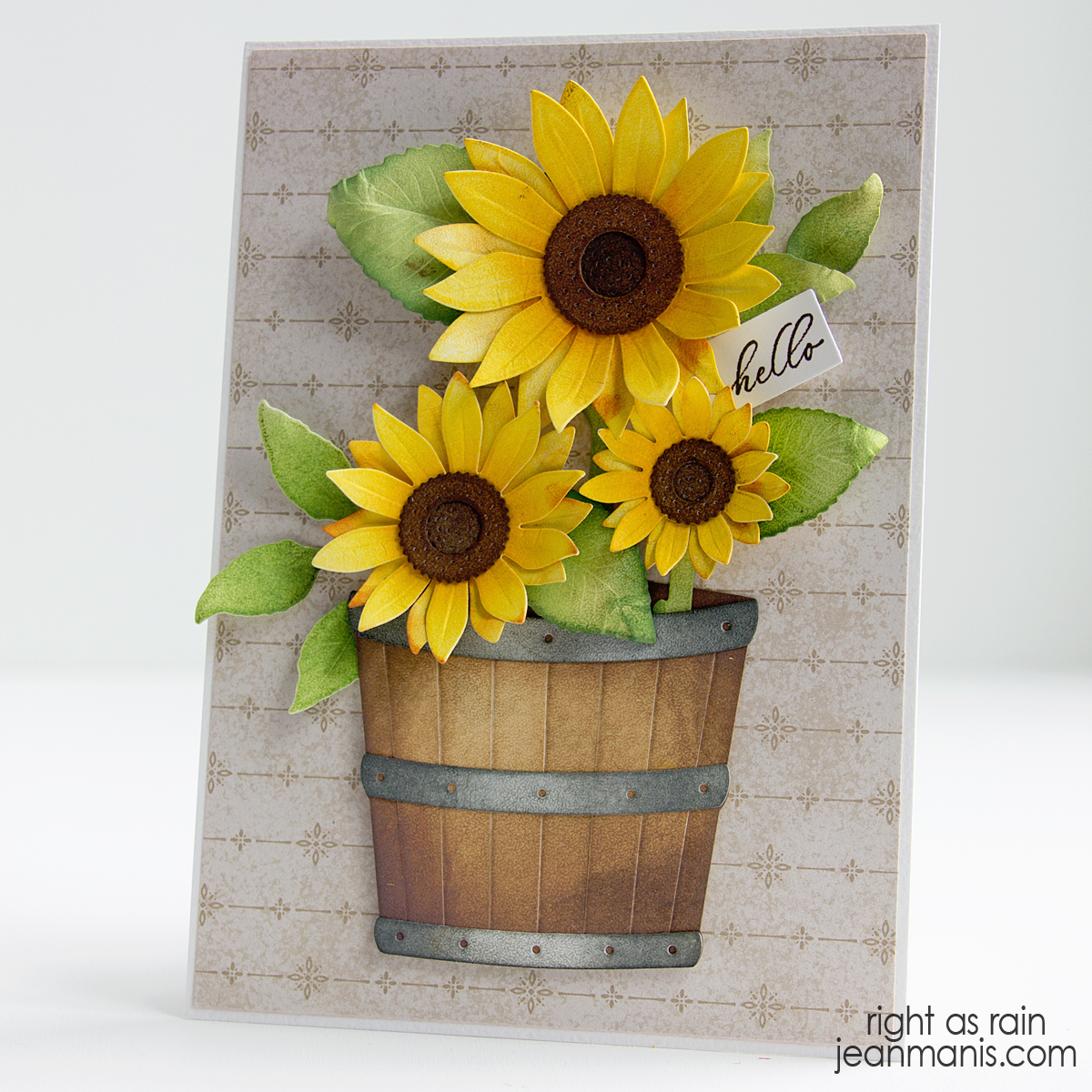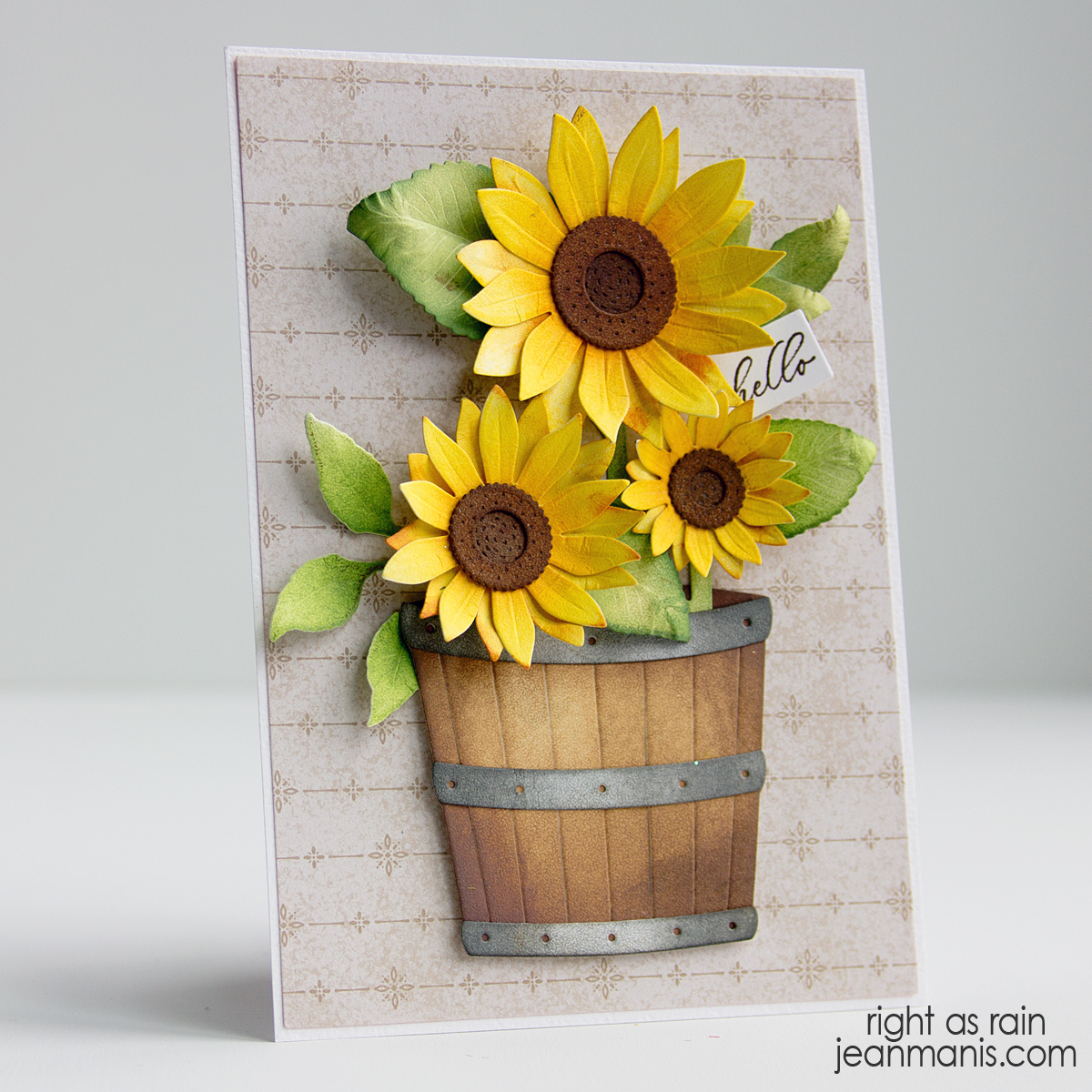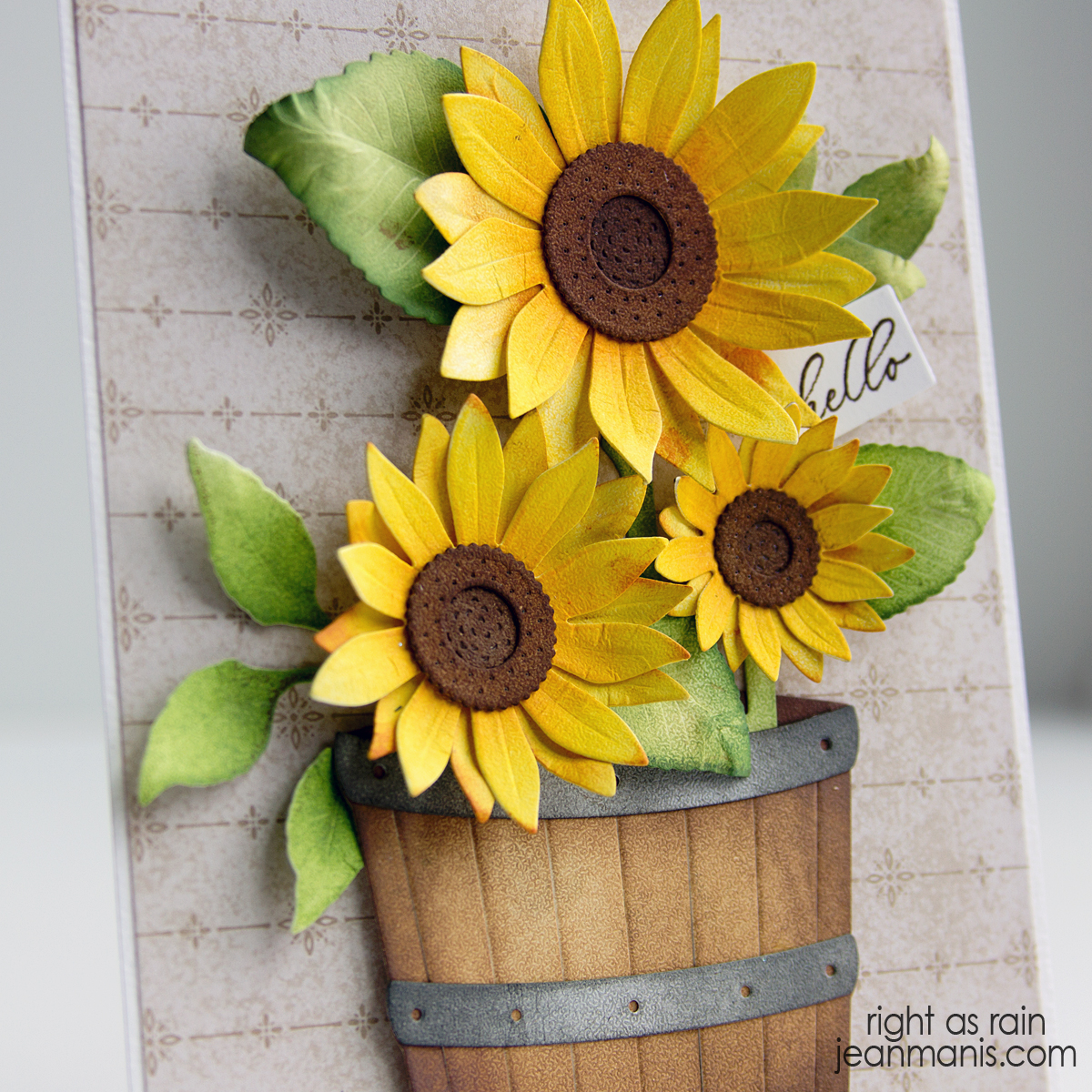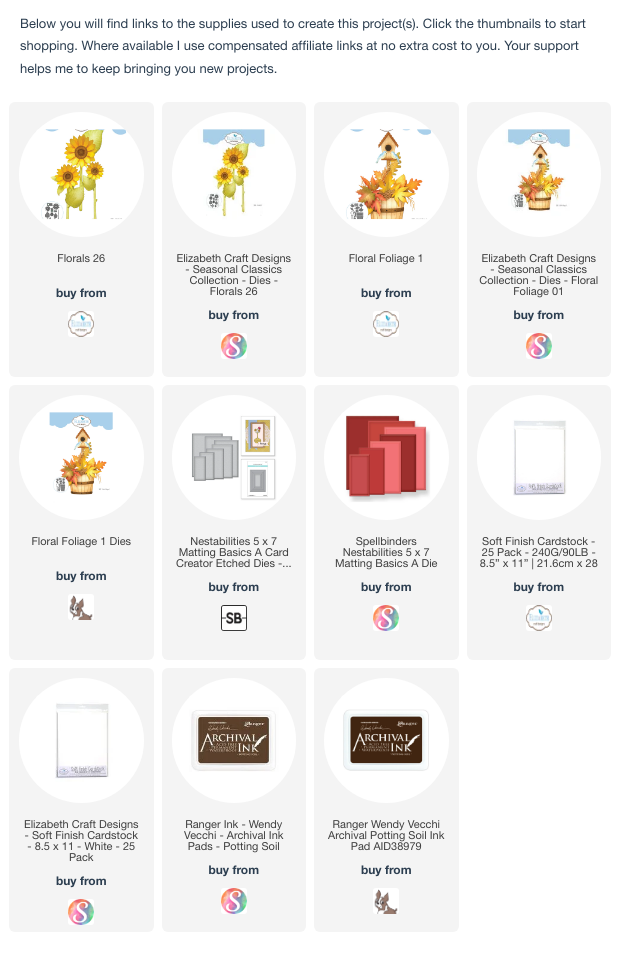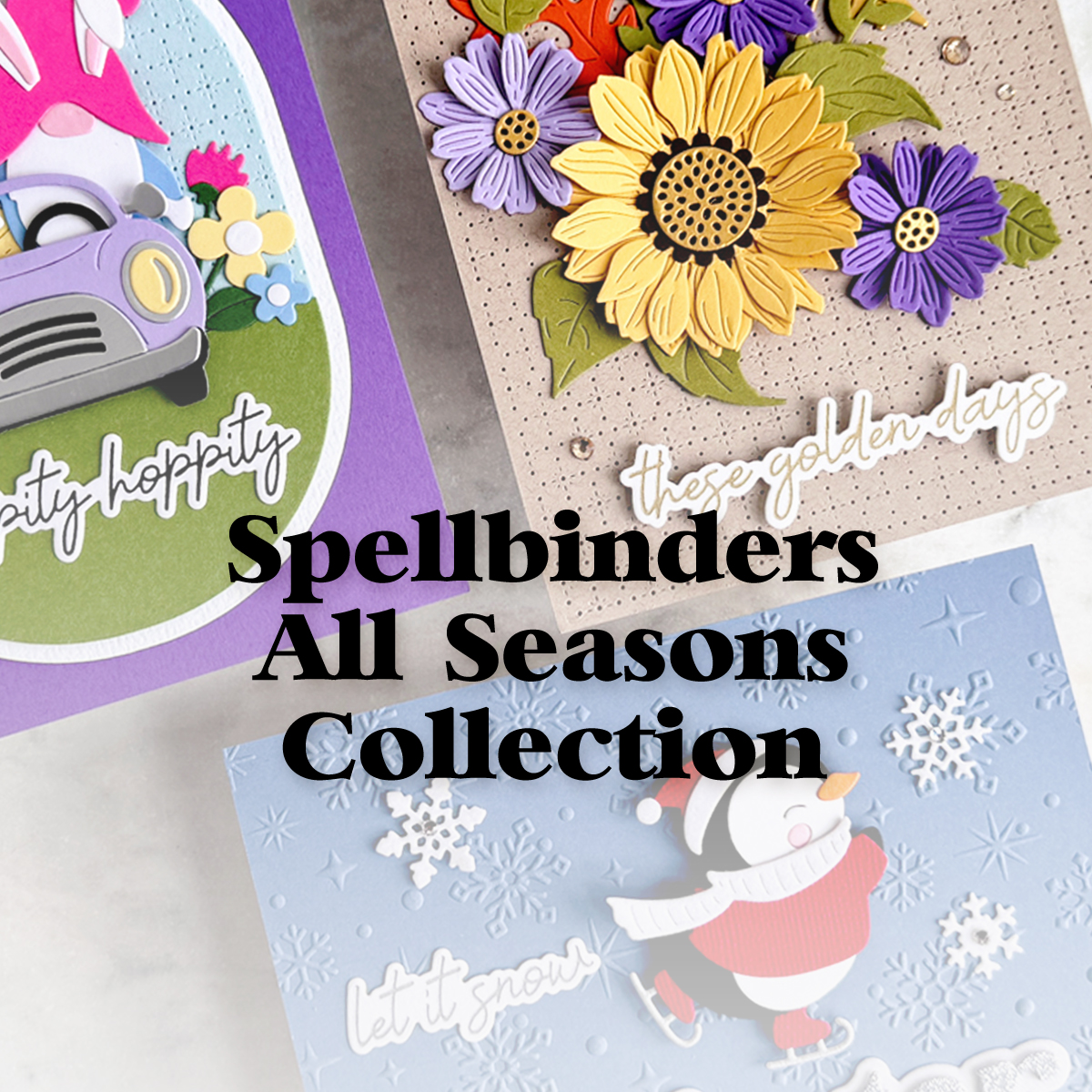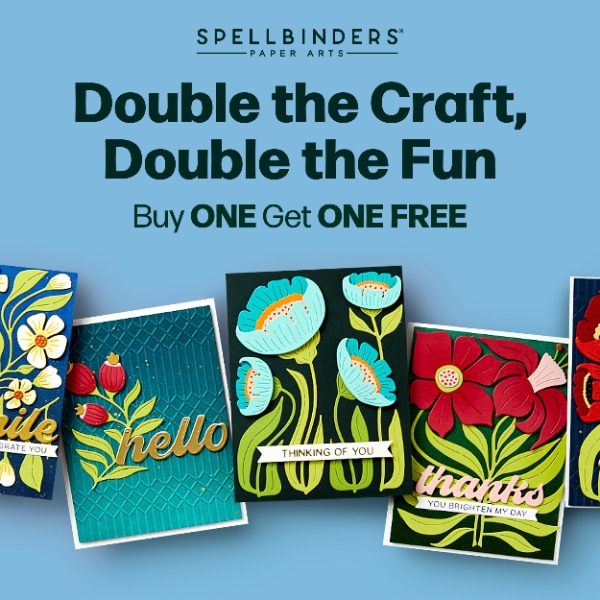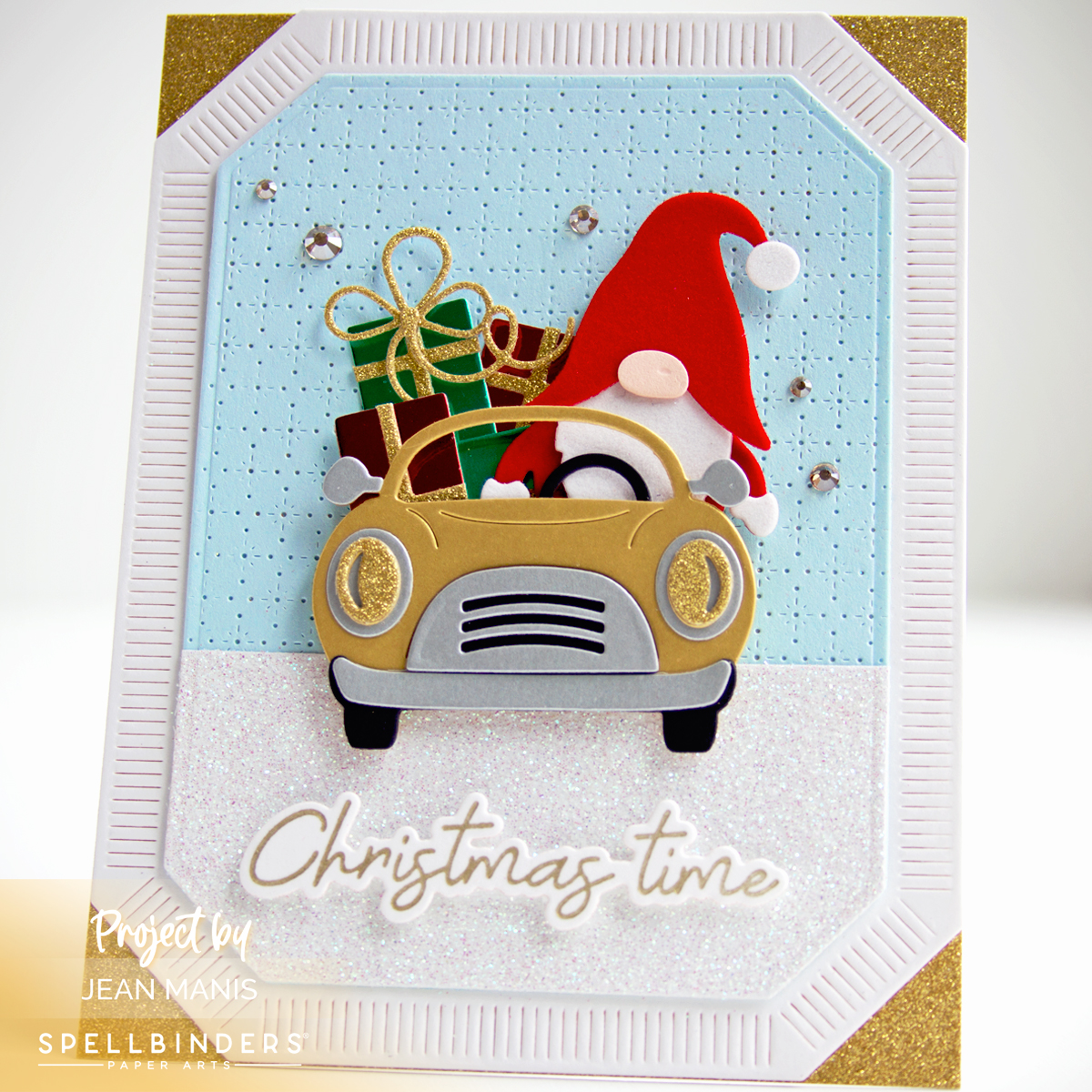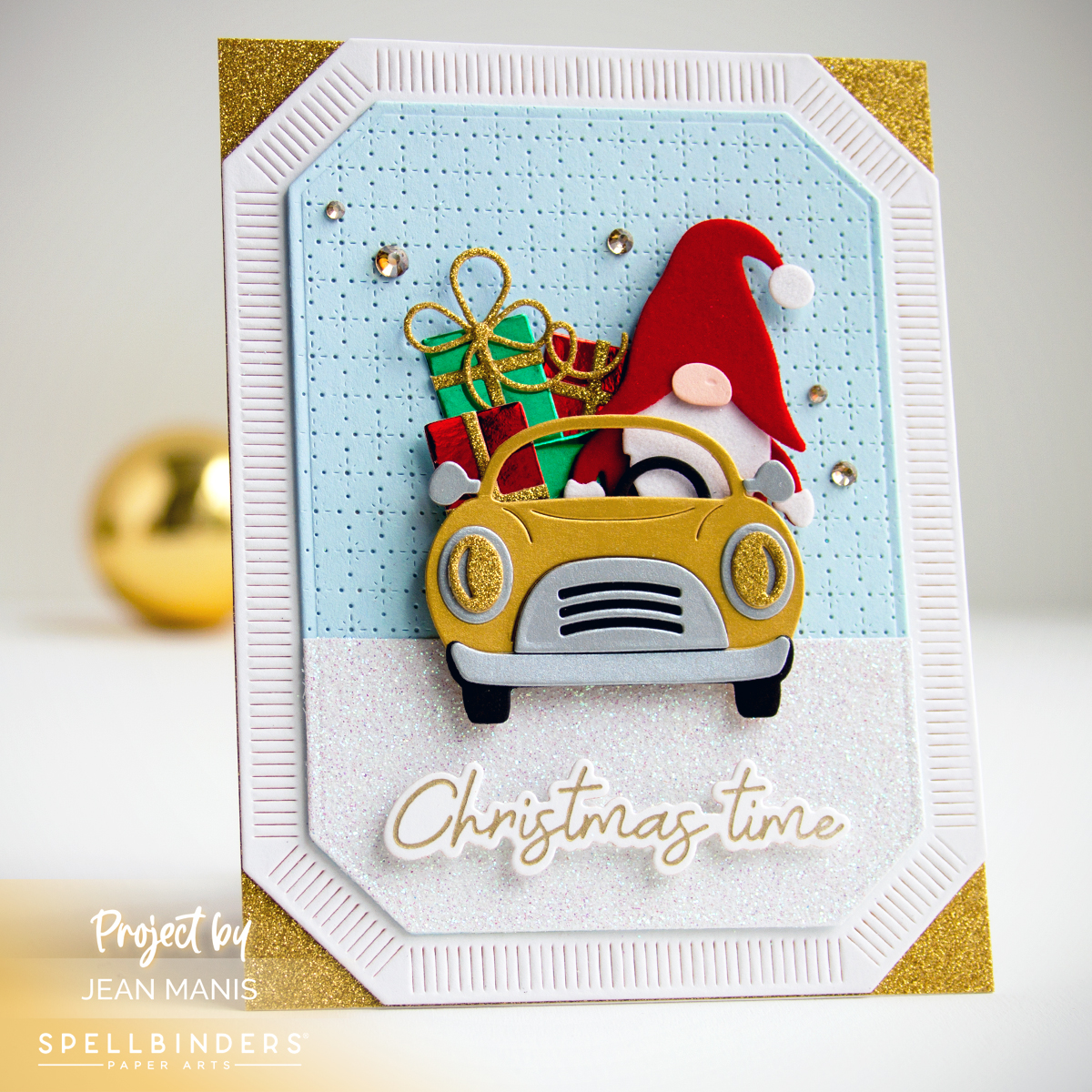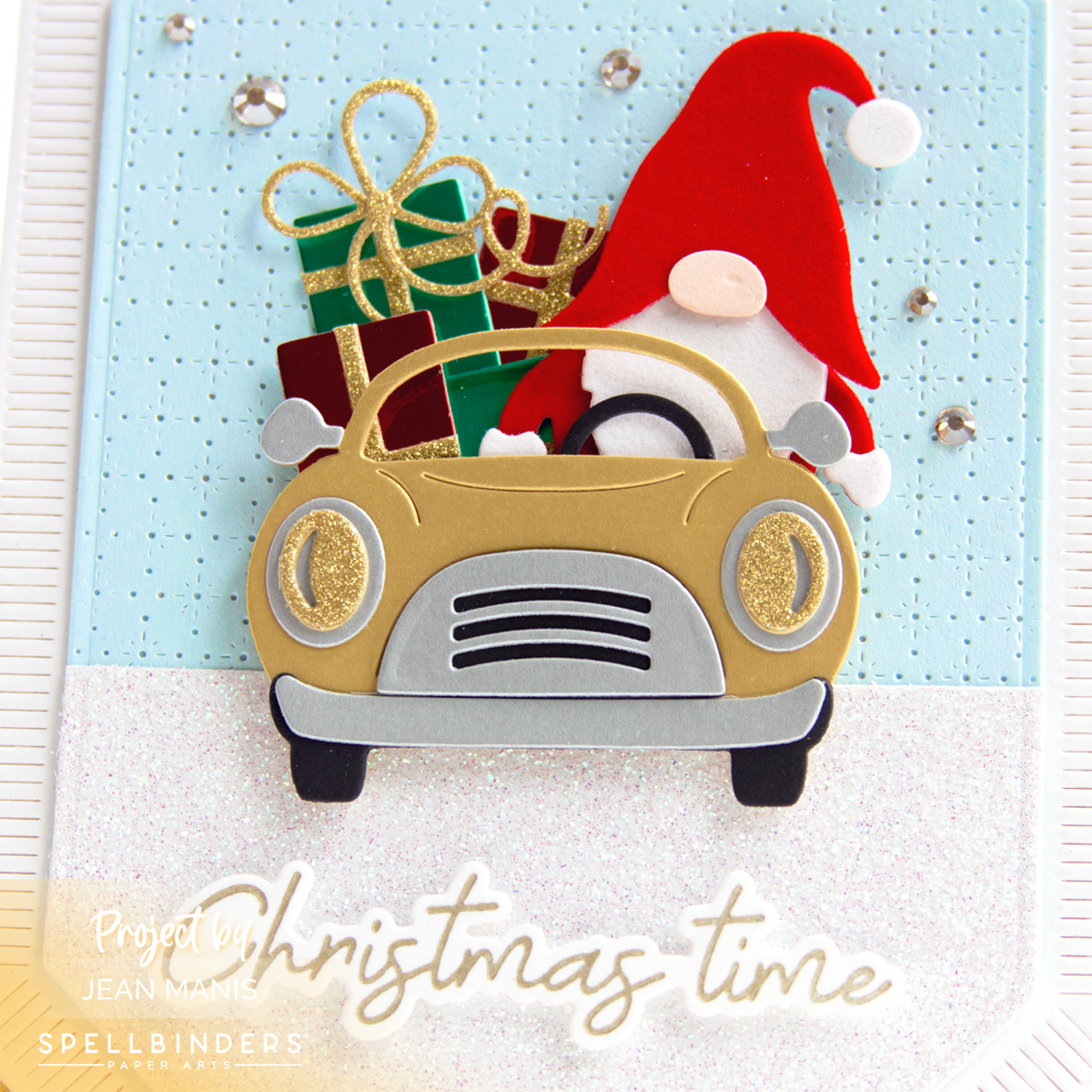Hello! Today, I’m excited to share a delightful fall-themed card that features an adorable gnome standing beside a charming mushroom house, accompanied by a friendly snail and a cheerful “hello” sentiment. Created with Spellbinders dies, the card’s warm palette of teals, yellow, orange, brown, and green brings the essence of fall to life.
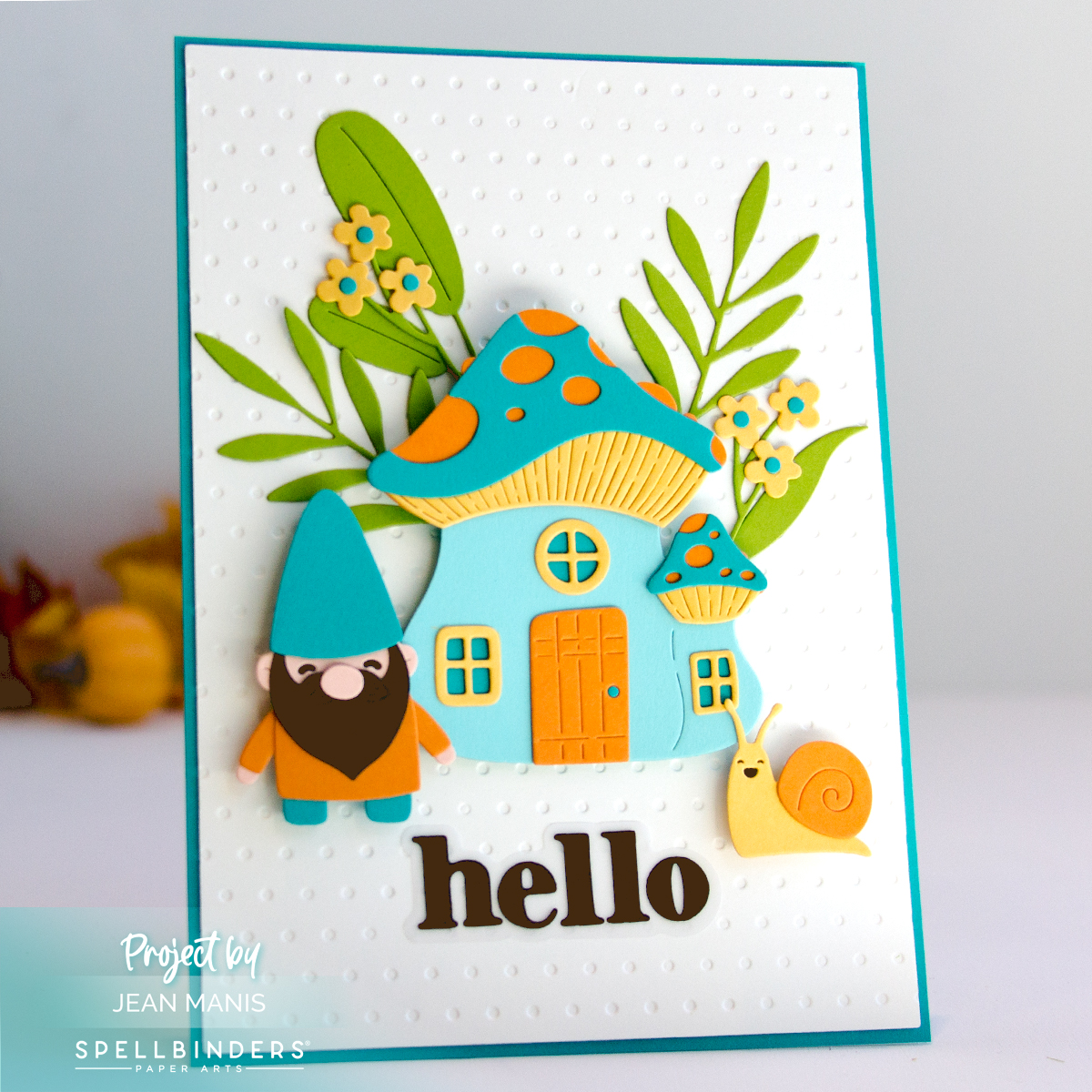
-
- With the Tiny Dots folder, dry-emboss an off-white panel cut with the largest die in the Matting Basics A set and add to a Teal Topaz 5″ x 7″ card base.
- Cut Garden Buddies and Mushroom Mansion elements from a variety of cardstock colors. Assemble as necessary.
- Cut sentiment with dies in the Hello Smile set from vellum and Timber. Assemble.
- Add elements to card background with dot adhesive and foam adhesive.
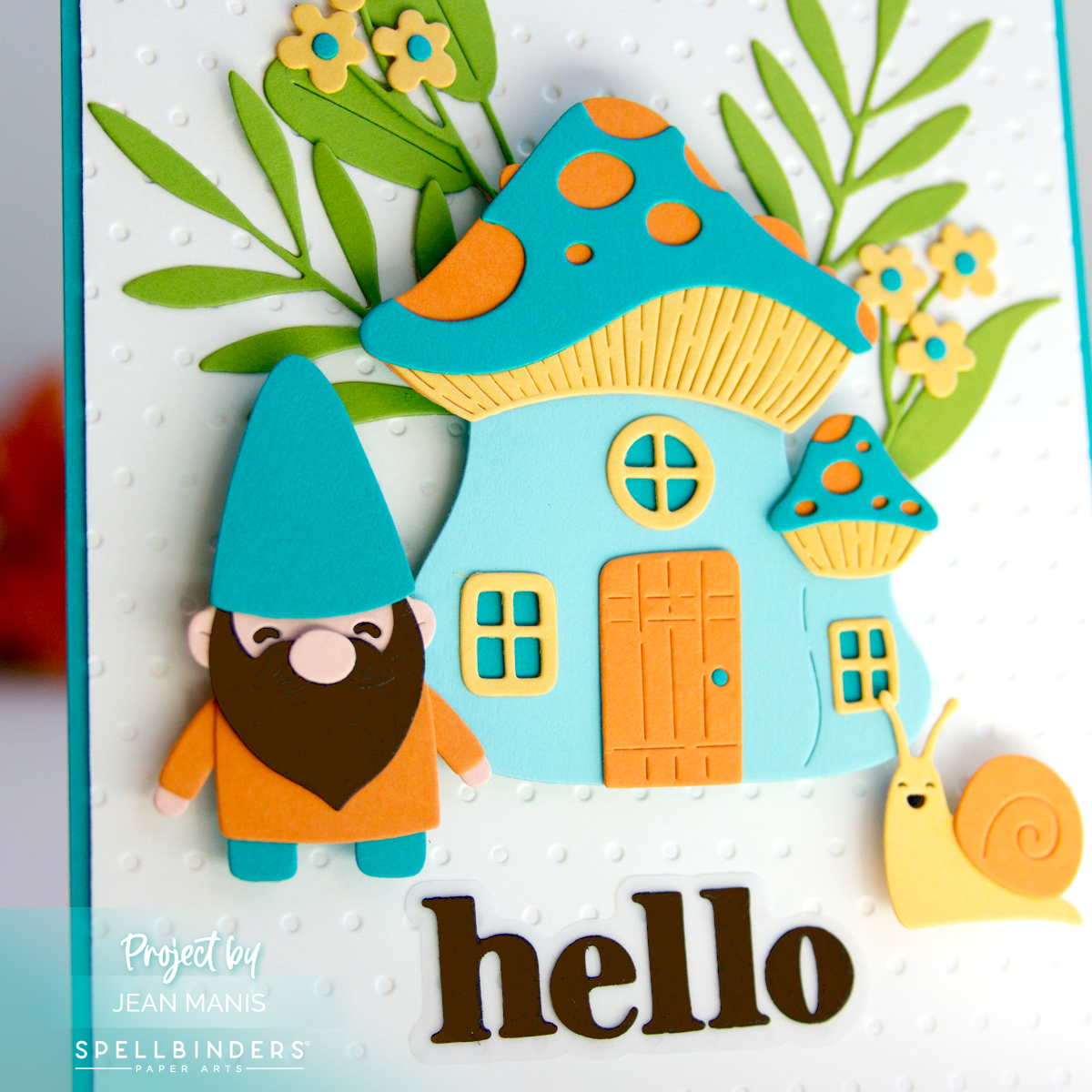
For more seasonal inspiration, check out this post where I shared a roundup of fall-themed cards.

